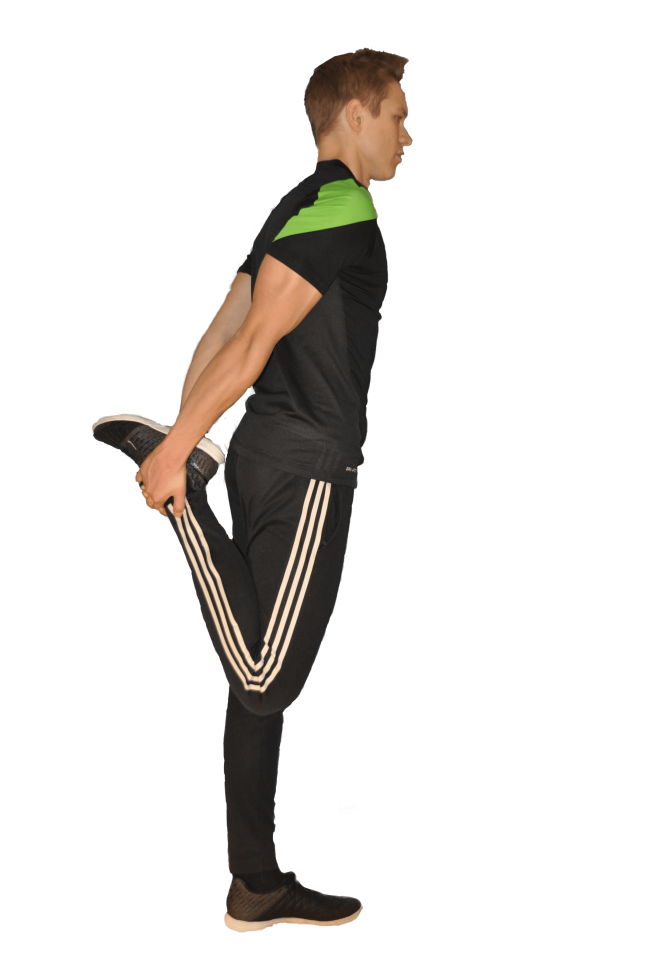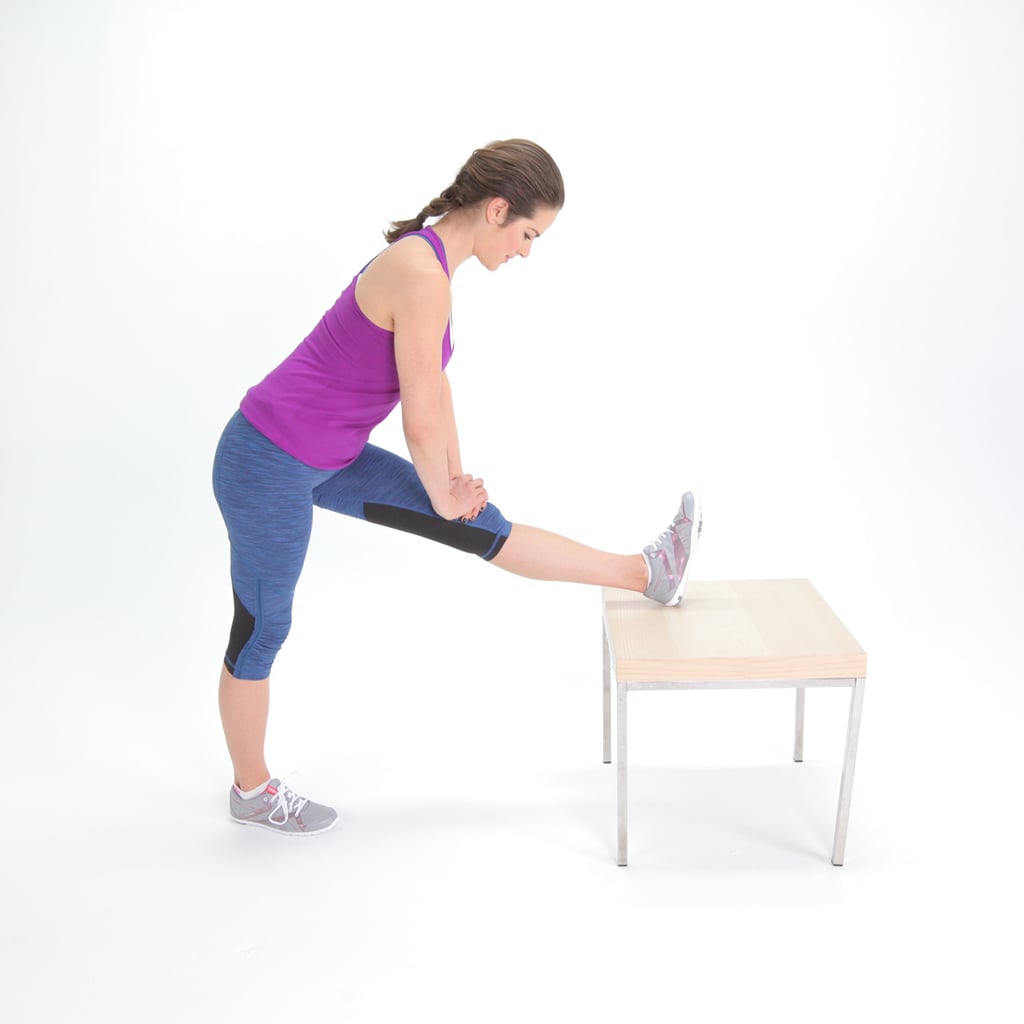Since we have the rotator cuff thread, I wanted to see if people have suggestions for knees. I am in my early 40s. A few years ago I started rucking with a 30 or 50lb pack for about 7 miles, once every other week or every week.
This summer after attending a 2 day pistol course - and spending most of the time standing, I went rucking. I didn't finish my usual route due to persistent left knee pain. The next morning my left knee felt "frozen" and hurt like an SOB walking up/down stairs.
The doc said I have early onset arthritis (based on X-ray) and I did PT for left knee. I did go back to rucking but usually without any weight or with 20lbs.
Last week, I was "running" up the stairs at home and after landing on my right foot, immediately felt something off. There was intense pain on the inside of the knee cap. The pain even wakes me up at night. Even sitting as a passenger in a car is uncomfortable.
According to the doc, I may have stretched/inflamed my ACL and also have early arthritis (based on X-ray), now on my effing right knee. PT is scheduled for next week.
For my job, I sit, although the desk has a standing option. I also have some kettlebells that I have been working with before my most recent knee issue.
Are there any other suggestions from exercise/nutrition/supplements to help contain the knees, and hopefully allow me to, if not ruck, than just walk around for long periods.



 Reply With Quote
Reply With Quote
 - Anyways compression sleeves help when I'm hiking or even just hitting the leg press at the gym.
- Anyways compression sleeves help when I'm hiking or even just hitting the leg press at the gym. 





